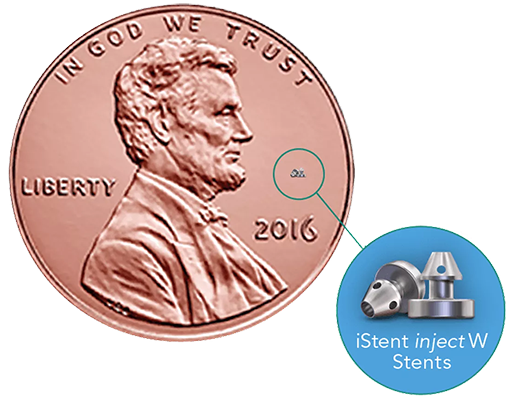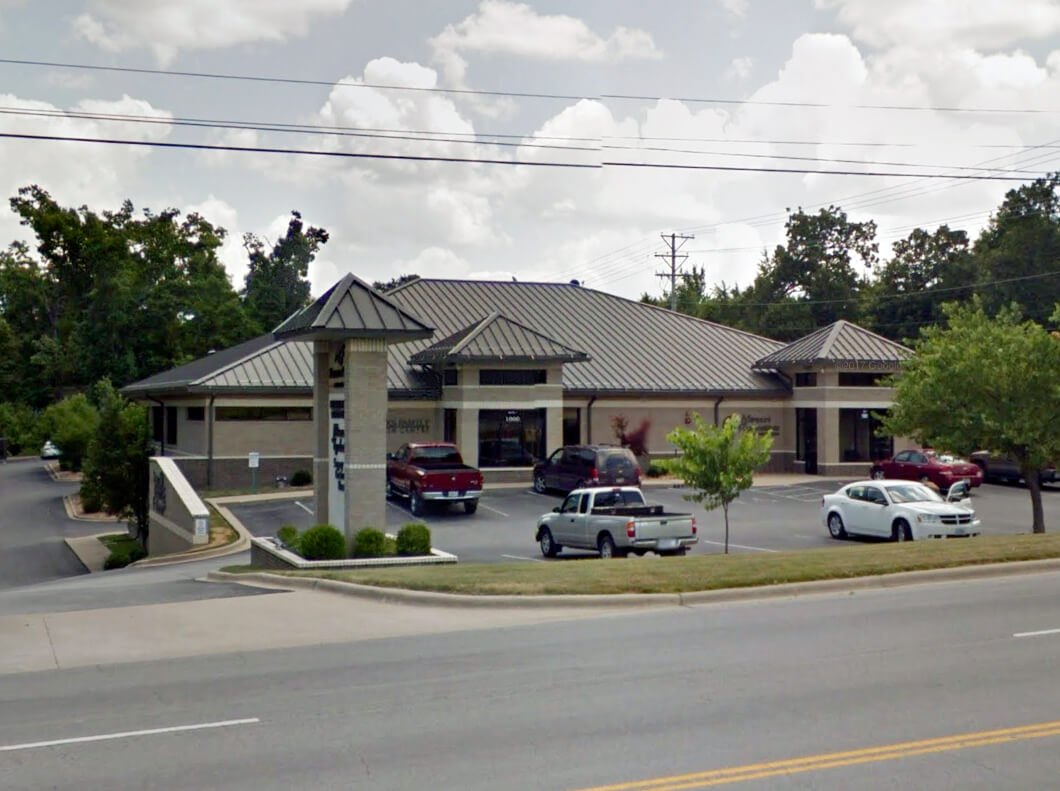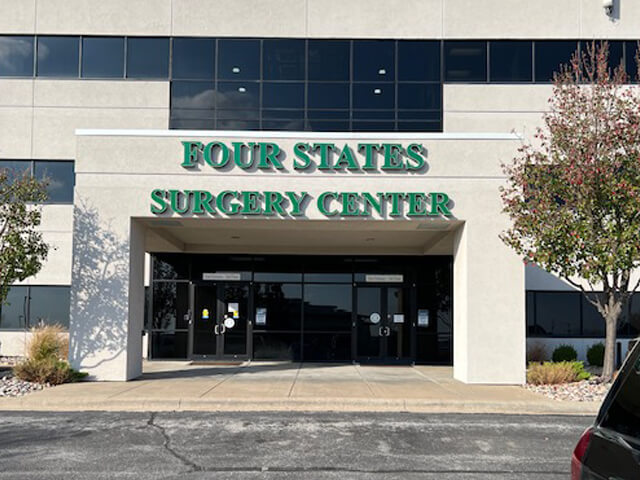Glaucoma

Glaucoma is a common, progressive, and vision-threatening eye condition. At Missouri Eye Institute, our eye doctors have the experience and expertise needed to treat glaucoma, so you can continue to experience clear and healthy vision.
What is Glaucoma?
Glaucoma is an eye condition that can cause progressive and permanent vision loss. It occurs when the nerve, which sends information from your retina to your brain to form an image, gets damaged.
This nerve is called the optic nerve and is essential for your vision. A buildup of fluid inside the eye usually causes damage to the optic nerve in the eye, which can cause an increase in eye pressure.
Often, this fluid buildup is due to a blockage inside the eye’s natural drainage system. Since your eye is constantly developing fluid, the fluid must also constantly exit the eye in order to maintain healthy eye pressure.
When there is an issue with the proper outflow of fluid, or if too much fluid is being produced, the eye pressure will rise. This increased pressure can harm the nerve and cause vision loss.
Glaucoma can develop slowly over time, and in many cases, people do not realize they have it until they have already lost a substantial amount of vision.
What Are The Glaucoma Treatments Offered at Missouri Eye Institute?
At Missouri Eye Institute, our glaucoma specialists are dedicated to preserving your vision and halting the progression of glaucoma. There are many different methods used to treat glaucoma.
Your eye doctor at Missouri Eye Institute will determine which treatment method is best for you. In some cases, multiple treatment methods may be necessary to adequately lower eye pressure.
MIGS
During modern minimally invasive glaucoma surgery or MIGS, your glaucoma surgeon will utilize tiny instruments to help treat glaucoma and reduce eye pressure. These types of procedures offer a safer alternative to traditional surgery to lower ocular pressure, with the added advantages of a better success rate and quicker recovery.
In patients with mild to severe glaucoma, MIGS operations aim to improve fluid outflow out of the eye, lowering eye pressure that harms the optic nerve. MIGS operations are also routinely combined with cataract surgery.
Selective Laser Trabeculoplasty (SLT)
Selective laser trabeculoplasty (SLT) is a type of laser treatment that is used to help lower the pressure inside the eye for people with glaucoma. The procedure uses a special laser to target the cells in the eye’s drainage system, which helps to improve the flow of fluid and lower the pressure.
SLT is a quick and painless procedure that can be completed at your eye doctor’s office. It is generally safe and has few side effects, and many people experience a significant decrease in eye pressure after the procedure.
iStent

The iStent is a tiny device that is used to help lower eye pressure and control glaucoma. It is about the size of a grain of rice and is inserted into the eye during a simple procedure.
The iStent works by improving the flow of fluid out of the eye through the eye’s drainage system, which helps to lower the pressure. After the iStent is inserted, you may still need to use eye drops to help control your eye pressure.
Kahook Dual Blade Goniotomy
The Kahook Dual Blade Goniotomy is another procedure that is used to help lower eye pressure for people with glaucoma. It is a type of glaucoma surgery that is done with a special tool called a goniotomy knife.
This tool is used to make a small incision in the drainage structure of the eye, which helps to improve the flow of fluid and lower the eye pressure. The Kahook Dual Blade Goniotomy is a quick and minimally invasive procedure.
Endocyclophotocoagulation (ECP)
Endocyclophotocoagulation (ECP) is a type of laser treatment that is done using a special laser called a cyclodestructive laser. The laser is used to destroy the cells in the eye’s natural drainage system, which allows more fluid to leave the eye, thus lowering the eye pressure.
ECP has been proven to lower the need for long-term glaucoma medicines.
Trabeculectomy and Tube Shunt Procedures
Like other glaucoma procedures, trabeculectomy and tube shunt procedures are used to help lower the pressure inside the eye. In a trabeculectomy, your eye doctor makes a small incision in the eye and removes a small piece of tissue to create a new channel for fluid to drain out of the eye.
This helps to lower eye pressure. A tube shunt procedure involves placing a small tube into the eye to help drain fluid and lower the pressure.
Both trabeculectomy and tube shunt procedures are generally safe and have few side effects, and many people experience a significant decrease in eye pressure after the procedure.
What Happens During Glaucoma Surgery?
The glaucoma surgery process will vary depending on the specific procedure you are having. Your eye doctor will monitor your eyes and perform a thorough exam before determining if glaucoma surgery is necessary and, if so, which procedure is best for you.
Before glaucoma surgery, you may also need to stop taking certain medicines, so be sure to tell your eye doctor about all the medications you are taking. On the day of the procedure, you will need to have a driver take you to Missouri Eye Surgery & Laser Centers, where you will have your procedure.
Once you are there, you will be prepped for the procedure and may be given medicine to help you relax and feel comfortable during the surgery. Your eye surgeon will also numb your eyes with eye drops.
In some cases, a patient may need to go under general anesthesia for glaucoma surgery. After your eye surgeon ensures you are comfortable, they will perform the specific procedure to help lower your eye pressure and treat glaucoma.
What Happens After Glaucoma Surgery?
Both traditional methods of glaucoma surgery and MIGS are outpatient procedures. This means you’ll get to go home on the day of your procedure.
After glaucoma surgery, you will likely need to use eye drops for a few weeks to help with healing and to prevent infection. You may also need to wear a protective shield or pressure patch over your eye for a few days or at night to protect it while you sleep.
In most cases, people feel better soon after the surgery and can return to normal activities within a few days. However, it’s best to follow your eye doctor’s instructions for downtime during your recovery.
Be sure to follow your eye doctor’s instructions carefully to help ensure a successful outcome.
Are you interested in learning more about glaucoma surgery or having your eyes screened for the condition? Schedule an appointment at Missouri Eye Institute in Branson, MO, today!











